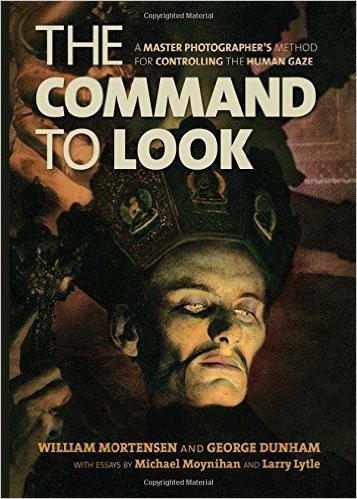Today’s Rant by Joe Farace
If you haven’t already seen my other take on photographic composition, click this link before or after reading today’s post.
Edward Weston once said that, “consulting the rules of composition before taking a photograph is like consulting the laws of gravity before going for a walk.” And I couldn’t agree more. When a friend was trying to offer a young photographer some constructive criticism about their work, the young shooter told my friend, “I Don’t Do Composition.” But…
…I hate to be the one to break it to that guy but the instant you place a viewfinder to your eye, look at an EVF or a flip-out screen, every visual choice that you make affects the photograph’s composition. Of course, they may be bad choices but there you have it.

Artists have always made conscious choices affecting the composition of their work. I’m sure Jackson Pollack was aware of the composition of his abstract expressionist paintings. As was Picasso or Salvador Dali with their surrealist art, let alone photographers like Ansel Adams. Any ennui that this young photographer exhibited, I believe, was caused by that fact that throughout photography’s history, there has been so much written about the “rules of composition.”
Want another take? In my opinion, one of the best books about photographic composition is The Command to Look by William Mortensen that was published in 1937. A recent reprint is available and affordable ($20, or $9.99 Kindle) and is something, I think, belongs in the library of everyone that’s really serious about their photography. Bargain hunters will note that used copies are around twelve bucks, as I write this.
Inside the pages of The Command to Look you won’t find anything remotely like the ‘rule of thirds’ that divides an image into three slices and dictates specific intersection points where subjects should be placed for maximum impact. Nope, Mortensen applies a psychological approach to photography and as I’m reading it for the third time I find that some of his comments have a subliminal “if you want your pictures to look like mine” component to them. Nevertheless this is a fascinating way of approaching the subject. The book is not an easy read and the reprint (only) includes a bizarre Afterward, so please read my review before jumping onto Amazon’s website and ordering a copy.
My personal philosophy of composition is based how a person looks at a photograph. Your eyes are attracted to the various components of the image in the following sequential order: sharpness, brightness, and warmth. On the simplest level if the photograph’s subject is the sharpest, brightest, warmest object in the image, you’ve got a winner but if the subject is not sharp—tilt! The same thing happens when a sharp object is placed near a bright and warm object; you’re eyes are gonna jump to that warmest object, whether it’s sharp or not.
Surprisingly I find that some of this same approach can be found buried inside some of Mortensen’s writing, even though most of his work is in monochrome.
So waddaya do? You really can’t say, “I don’t do composition…” because like it or not the second you press the shutter you are doing just that.
If you liked today’s blog post and would like to treat me to a cup of Earl Grey tea ($3.50), please click here. And if you do, thanks so much.